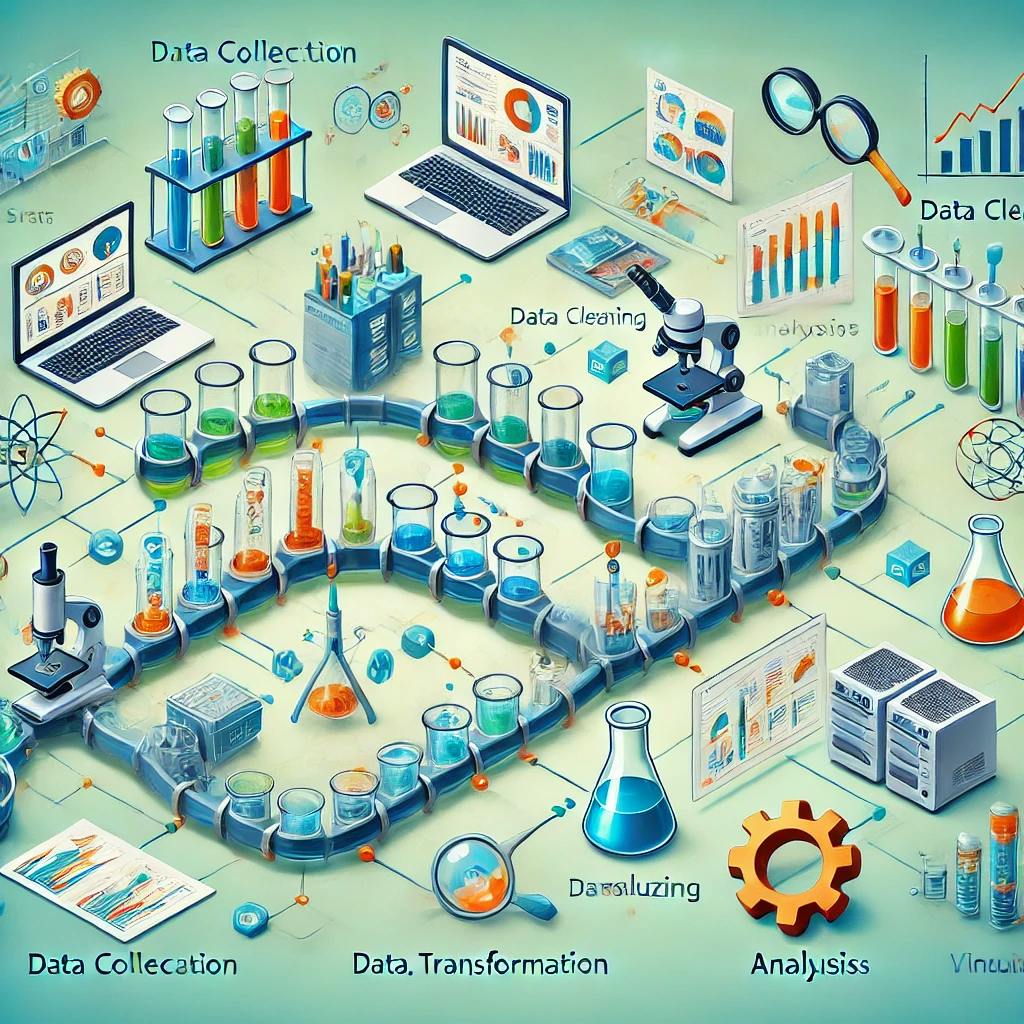Introducing the Fimio Platform MVP: Power to the Developers
Bring your Python repo—leave complexity behind.
Fimio's MVP is finally here! With instant access tied directly to your GitHub identity, our platform eliminates traditional setup hurdles—just connect your Python repository and you're immediately productive with GPU acceleration, automatic containerization, and build portability that keeps you in control, not locked into vendor ecosystems. Your code, your way, anywhere you want it—starting right now.

To mark this milestone, I want to share a bit about the reason why I have spent the last 18 months building the Fimio platform. I have this theory that people are capable of solving problems if they have sufficient tools, knowledge, and collective desire. With the internet, we have a network that allows us to deliver digital solutions to anyone with a connection. And recently, we unlocked the holy grail of how we speak to machines. Using Generative AI (GenAI), we can use natural language to give instructions to machines. With that unlock, everyone can now write a program! This is good news, however, there is a catch here. What we want is to not only solve our own problems, but share that solution so other people can use our solutions to solve their own problems too. To do that, four things need to happen:
- The solution to the problem has to be expressed as code (code).
- That code has to be transformed into machine language (build).
- The transformed code has to be tested, i.e. validated to make sure it behaves as expected (test).
- The transformed code has to be moved to a server so that others can access it and use it (deploy).
These four steps are called the software development lifecycle (SDLC). We have solved problem (1). Steps 2, 3, and 4 are still yet to be done. For those steps, the barrier to entry is still rather high, the GenAI revolution has not transformed those areas yet. While we wait for that revolution to happen, in the meanwhile, as technologists we can build products to make the remaining steps simpler. That is the main reason why my team and I built the Fimio platform.
To limit the scope of the problem, we are focusing first on code that is written in Python. We picked Python for a few reasons. First, it is what I know best coming out of machine learning and scientific computing. Second, it is the language of GenAI foundational models and we want to get as close to that core technology as possible. Third, Python SDLC is notoriously difficult for non-experts. Unlike other high level programming languages that are compiled, i.e., they generate an executable program that can be easily moved from server to server, python is an interpreted language. A consequence of this means that to deploy it, i.e., to move it from the development machine to a server, the entire development environment has to be deployed. So instead of moving one file, we have to move several files that are interconnected to the machine on which they exist.
There are a few ideas that guide Fimio’s solution to the SDLC problem:
- We believe that builds should be easily portable.
- We believe in a protocol based solution, meaning your code should be sacrosanct, and to make a production build, you shouldn’t have to import an SDK from Fimio or rely on third party libraries to create your build.
- We believe that the information about a build should be legible, meaning easily understandable by both humans and machines.
- We believe the process of code, build, test, and deploy should be reproducible, repeatable and cryptographically verifiable.
- And for all projects that are public in the open source software sense, all the build data and its metadata should be publicly accessible.
Our platform MVP uses auto generated containers to solve the portability problem. We ship these containers to a container registry, DockerHub, where anyone can access them. All the information that is needed to reproduce the build is legible and can be found on the platform’s project build page. We are working on making the builds and containers cryptographically verifiable. Cryptography is a big word that means using mathematics to scale trust. For example, when you use a web browser with a https connection to engage in e-commerce, you can be rest assured that the connection to that browser is secure and you can feel comfortable entering your credit card information. Similarly, our goal at Fimio is to use mathematics to make sure that the process of going from code to build, to deploy is exactly as we report in our build details page. At Fimio, we don’t want you to take our word for it, we would rather we all rely on mathematics.
The Fimio platform allows users to create production ready portable builds of Python applications with GPU capabilities in a fully sandboxed environment where applications can be tested, and endpoints called. We think you will enjoy using Fimio to build and test your AI agents, your MCP servers, and more. Go from repo to production in a few clicks.

